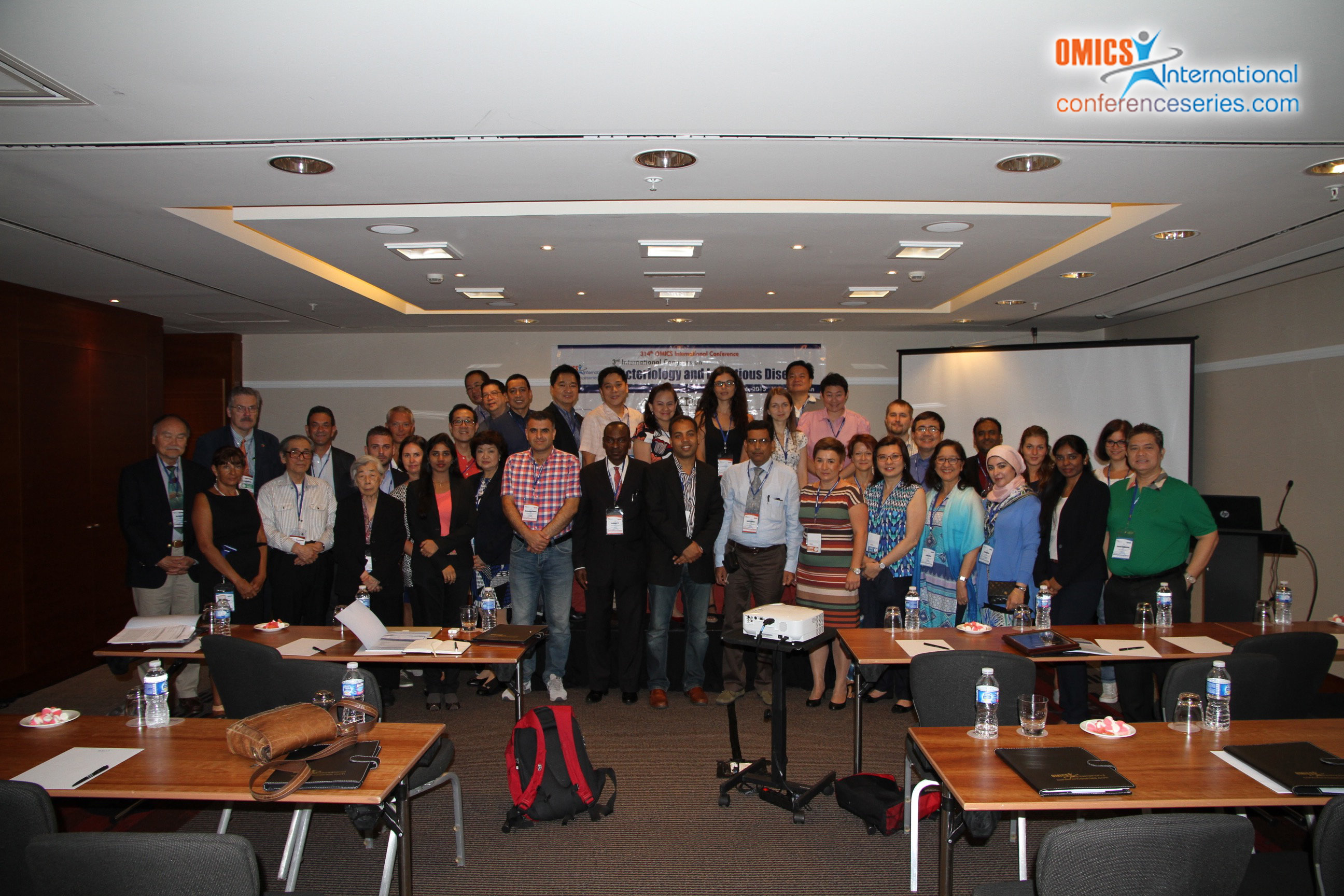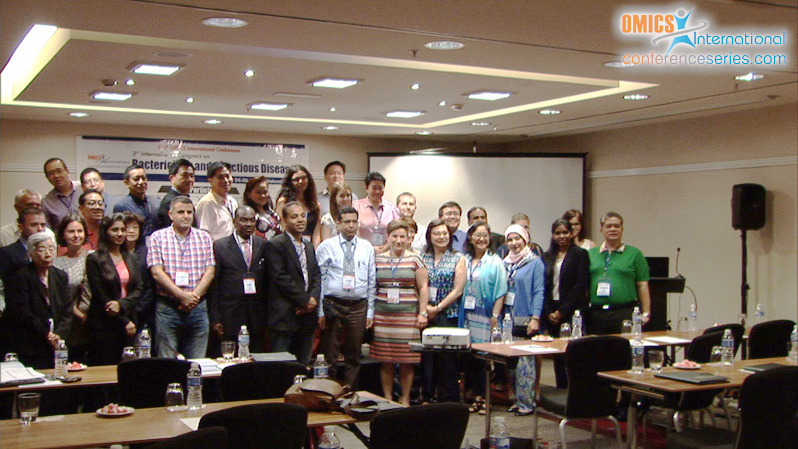
Gamal Wareth
Friedrich-Loeffler-Institut, Germany
Title: Investigation and molecular typing of Brucella isolated from dairy cattle herd immunized with Brucella abortus RB51 vaccine in Egypt
Biography
Biography: Gamal Wareth
Abstract
Brucellosis is still a common in capacitating zoonoses that affecting wide range of domesticated and wild animals as well as humans. Brucella was firstly described by Sir David Bruce in 1887 in human. Fifty two years later (1939), the disease was reported in Egypt for the first time in a scientific report, however the doubt still exist if, whether the disease is endemic in Egypt since thousands of years. Since then the disease remained endemic nationwide and affecting all livestock animals. In Egypt, brucellosis control programs for bovines are based on a test and slaughter policy as well as vaccination. Recently, Mass vaccination with attenuated B. abortus RB51 has been approved nationwide; however some may lead to abortion in pregnant females. The present study was carried out in supposed Brucella-free dairy cow farm in Egypt to investigate a numerous occurrence of abortions occurred after immunization with B. abortus strain RB51. Among pregnant vaccinated cows, 10% aborted three months post vaccinations. All aborted cows show positive reaction with Rose Bengal Test (RBT) and Complement Fixation Test (CFT). B. abortus biovar one was isolated from four aborted fetuses. Conventional biochemical analysis revealed two B. abortus smooth type and two rough types. The use of the Bruce ladder PCR provided clear differentiation to the field strain and excludes the RB51 vaccine strain. Genotyping analysis of isolates by Multiple Loci VNTR Analysis (MLVA-16) cleared that there are two different isolates in the herd with low genetic diversity. Isolated B. abortus are located in a different cluster from the RB51 vaccinal strains which used in immunization of the herd. In Conclusion: B. abortus bv1 is the source of outbreak but not the vaccine. RB51 vaccine would only reduce the number of abortions caused by field strains but offer no protection from infection. The most likely source of infection appears to be the uncontrolled introduction of the agent via vectors or latent carrier. Eradication of brucellosis is a multidirectional process required combination between ordinary control program and high biosecurity level in the farms.






